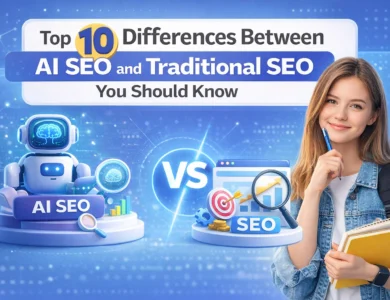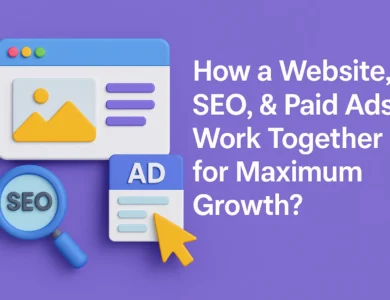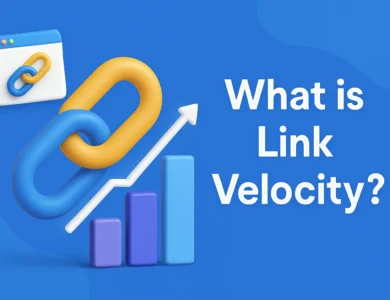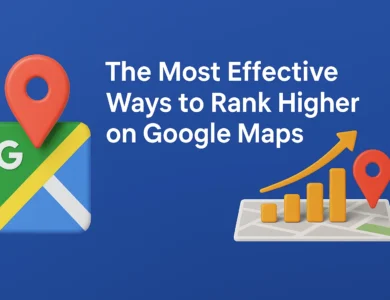
Think of the last time you searched for something on Google. How high up in the results did you find what you were looking for? When was the last time you went to the second page looking for what you wanted?
For most of us, needing to go to the second page is a rare circumstance. As a website or business owner on the internet, making it to the first page is to strike gold.
On-page optimisation with the best SEO company in India can help you stand out from the milling crowd and get you the leads you’re looking for.
Weave Your Keywords Carefully Into Your Content
If you’ve been around the metaphorical SEO block a few times, you’ve probably encountered a sustained emphasis on keywords; indeed, a lot of our own pointers often lead back to the effective use of keywords in your content.
They aren’t called keywords for nothing!
For better or for worse, you’ll find that keywords are essentially the sign posts that lead users to your content. The more comfortable you get with them, the better you do on search engines!
Keyword research allows you to narrow down which keywords you should be using. Armed with this arsenal, you find yourself with a roadmap to creating compelling content.
When keywords are used well on on-pages – naturally, organically, in simultaneously search engine and user-friendly ways – they can have an explosive impact on your SERP rankings!
Prioritise What Users Want: Quality Content
People use search engines to look for things. (Sherlock moment right there!)
Simply put, the easier you make it for them to find what they’re looking for, the more relevant (and therefore better!) your site becomes in the eyes of search engines.

The best way to optimise your on-pages is to ensure that they deliver compelling and valuable content in a user-friendly manner.
Many people make the mistake of thinking on-page optimisation involves appealing to search engines. You could, theoretically, perfect every single technical SEO factor and climb to the very top of search engine ranking. No sooner than you settled down in your comfortable spot, you’ll find that the rules of the game have changed and you’ll need to start tweaking things again.
When you prioritise users and their experiences with your content – by making your content easy to read and your website quick to load, for instance, you prove your value automatically to search engines as well.
A Picture Is Worth a Thousand Words: Optimise Them!
Remember when you had to make your way through a wall of text (with no pictures!) in school? That wasn’t very fun, was it?
Content on the internet isn’t that different. Offering visual breaks and cues along with your Shakespearean words is a great way to enhance readability and provide a good user experience to your visitors.
However, the caveat is that you have to ensure that your on-page images are optimised as well. Not checking this can ding up your SEO!
- Ensure that your images aren’t too large: this can end up slowing down your site. Keep them high quality but compressed in file size.
- Alt tags are your friends! They allow search engines like Google to “read” your images. Additionally, they’re a great way to ensure your content remains accessible if someone is using a screen reader!
The Upshot
A good way to think of SEO practices and on-pages is to keep your ultimate goal firmly in sight: you want your website and its content to be high quality and accessible to the users that come looking for it. Search engines are a tool to help you do this, so speaking their language, though crucial, is secondary. A good SEO company, like AdLift, can help you strike this balance.
Contact the experts at AdLift today and get your on-page optimized for SEO!







